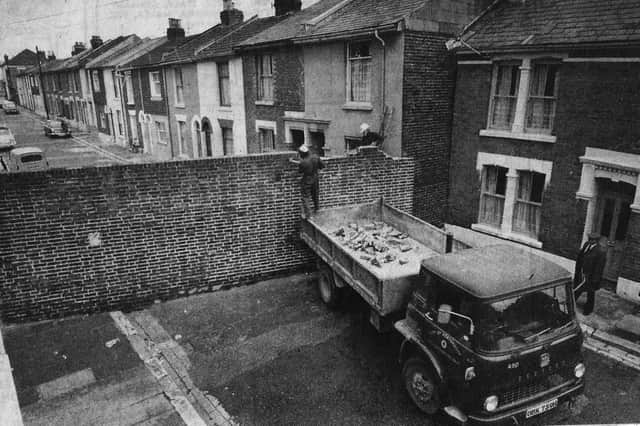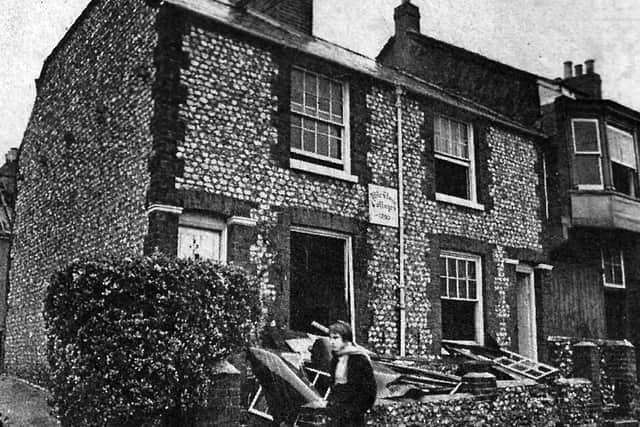Working class riff raff let in as Southsea's Berlin Wall comes down | Nostalgia


The wall was put up in the late 19th century by a Lady Morley to stop working class residents who lived in Highland Street from passing her house (how very dare they!).
I wonder… are there any residents still living in the road who remember that wall and what a difference it must have made once it was demolished?
n While we are on the subject of demolition…
Advertisement
Hide AdAdvertisement
Hide Ad

In January 1970 three 18th century cottages were demolished in Portsmouth.
They were alongside London Road at Cosham to the rear of the Red Lion pub in Spur Road.
Portsmouth City Council had announced plans back in 1966 for the demolition of Chalk Cottage and Mile Stone Cottages.
The former landlord, WT Perkins, immediately opposed the demolition and asked for the buildings to be designated as being of architectural merit, but his pleas fell on deaf ears.
Advertisement
Hide AdAdvertisement
Hide Ad

Residents of Cosham signed a petition pleading for the cottages to be saved and for a while the fate of the buildings was in the balance. But the demands of progress outweighed the protests of the 500 who signed the preservation petition.
It was thought that as Chalk Cottage was built of Portsdown Hill chalk earlier than 1739 and was unique, it might be saved.
Two of the families were rehoused but for one resident a tragic prediction came true that he would die if he was moved from the home that had been part of his family for centuries.